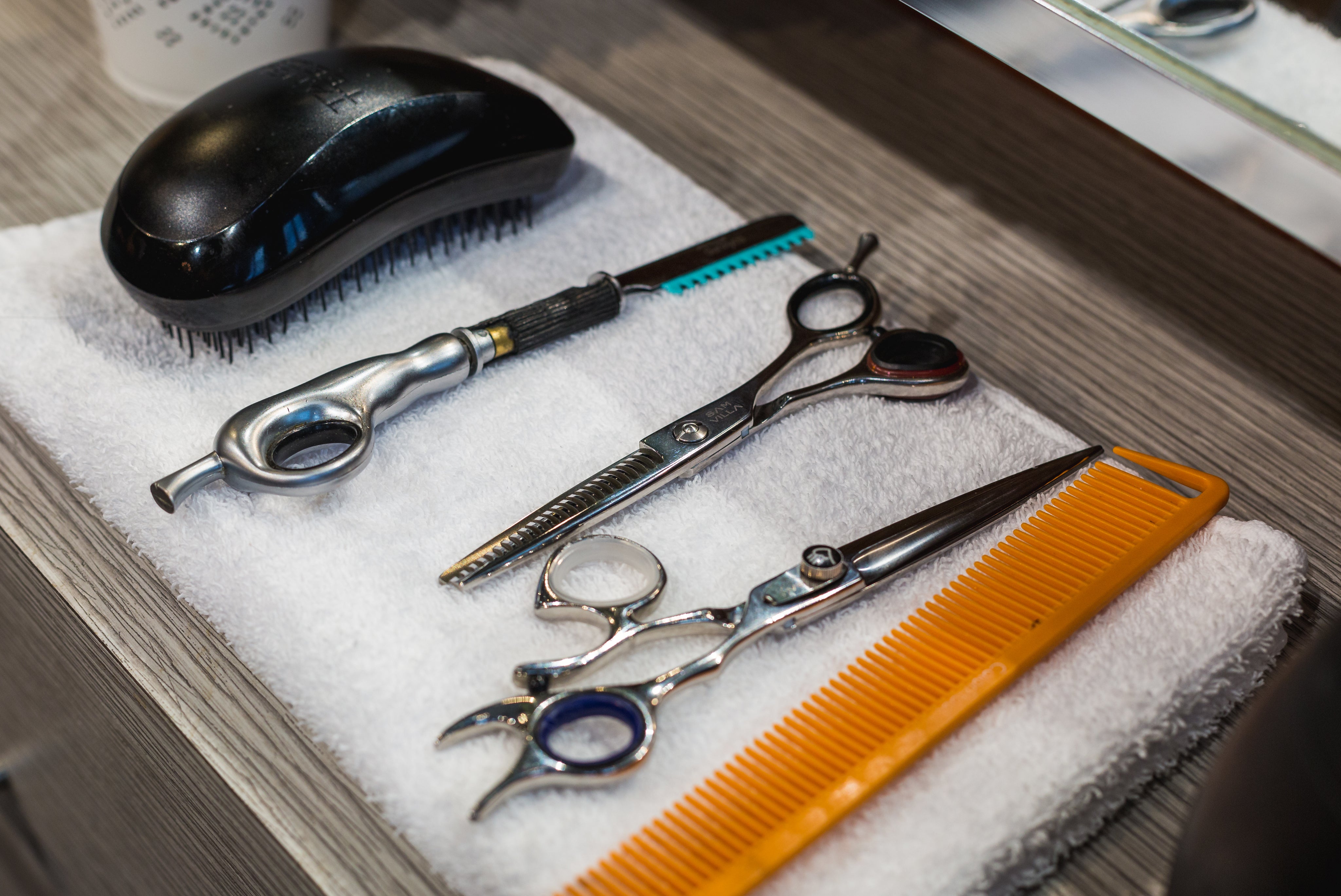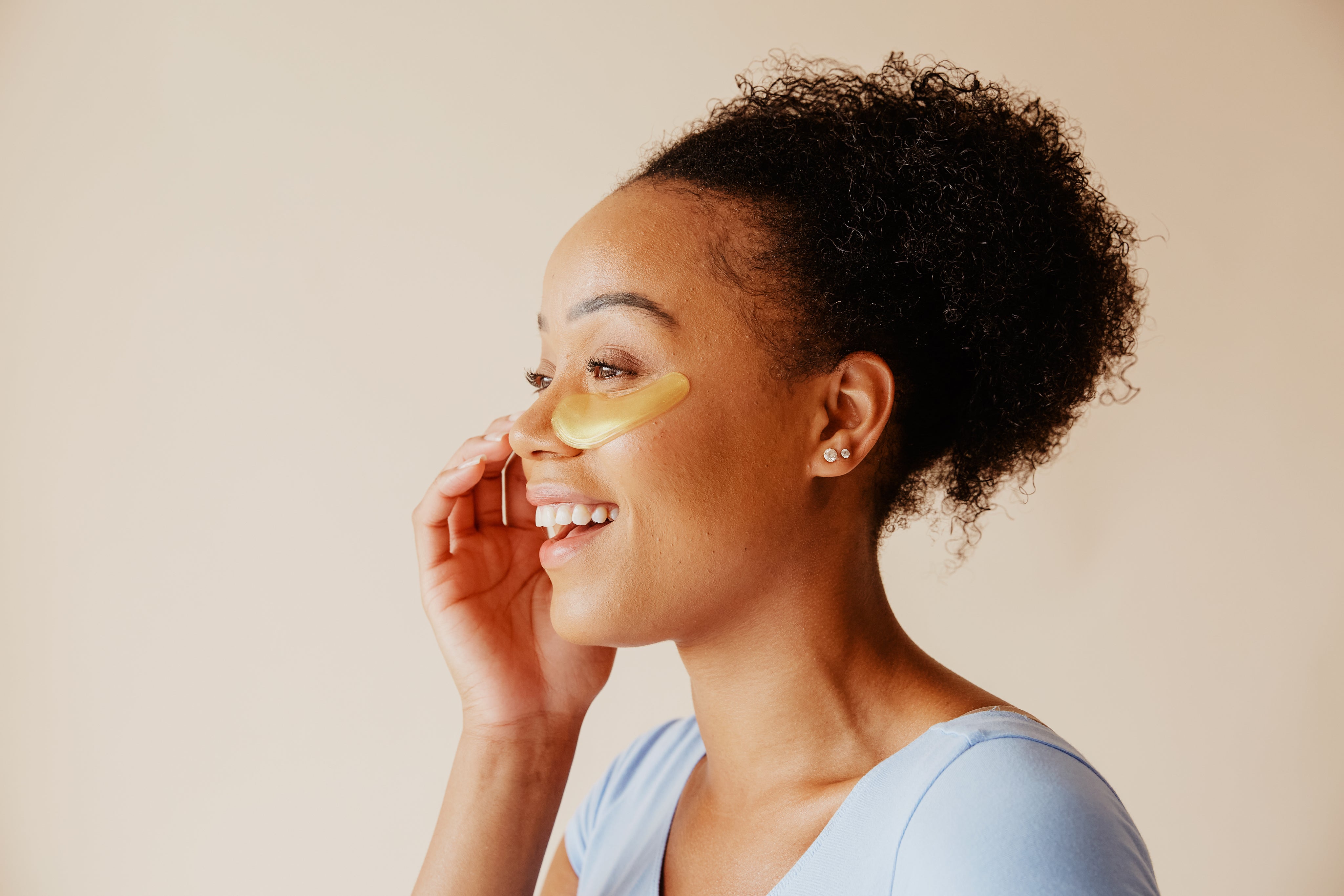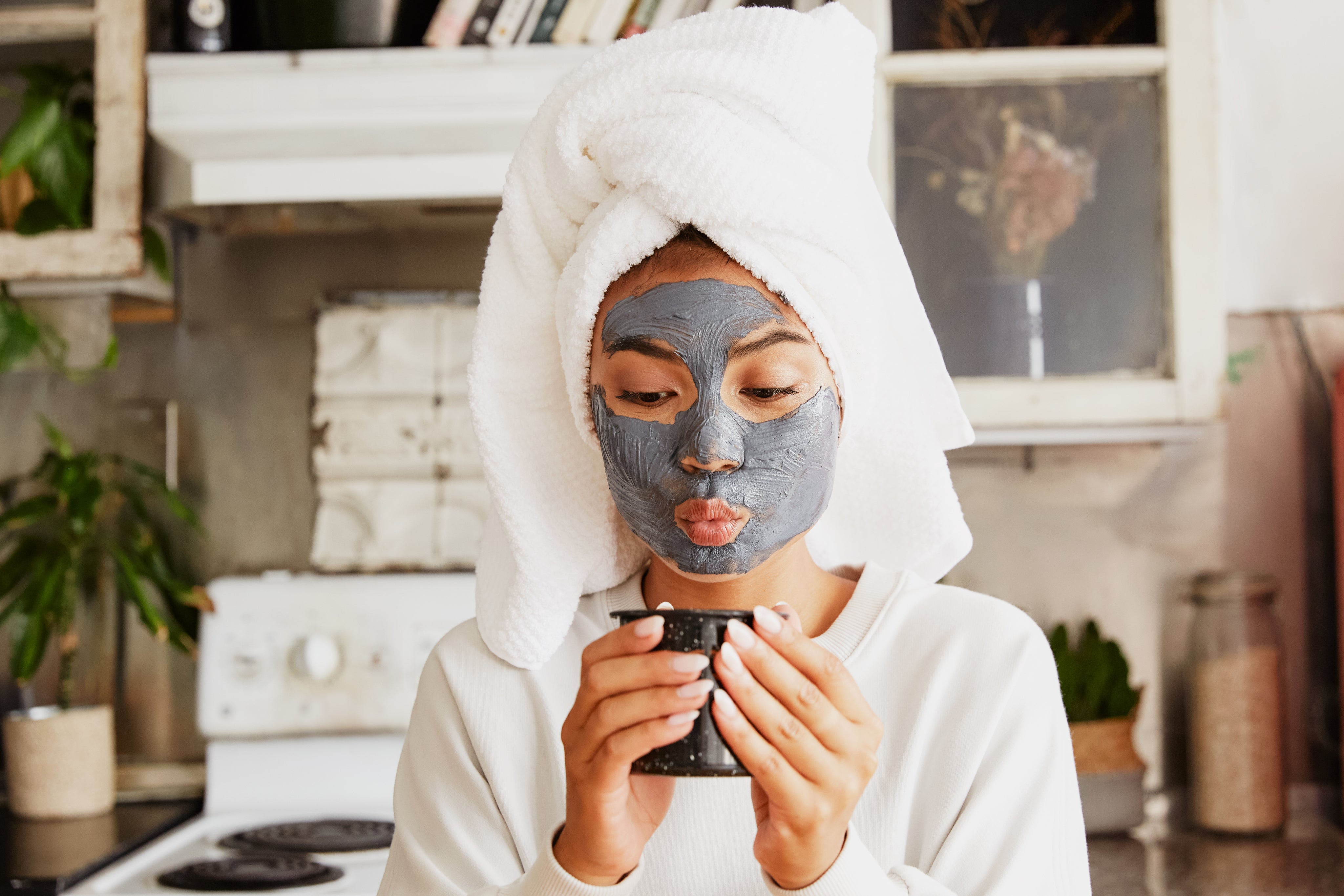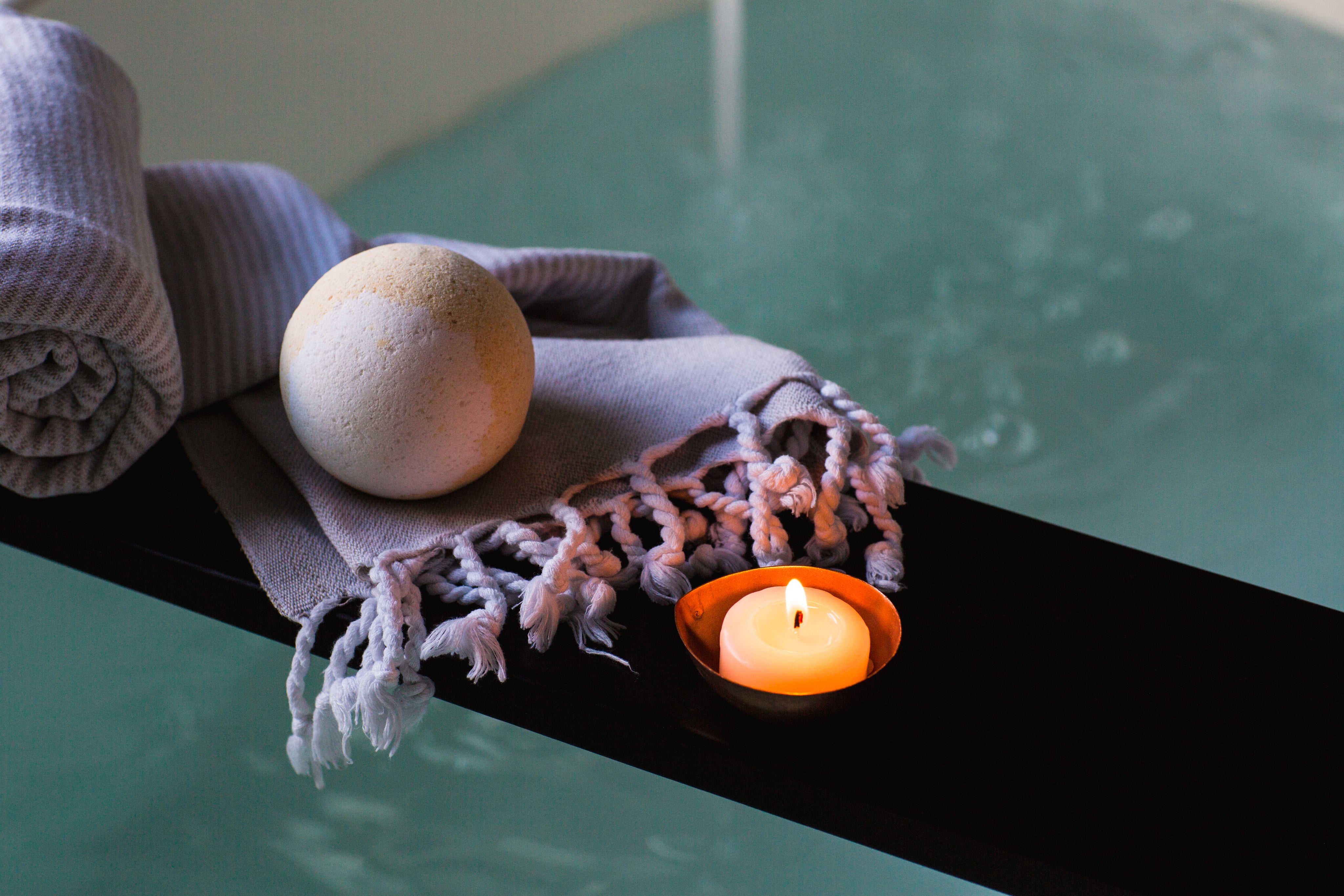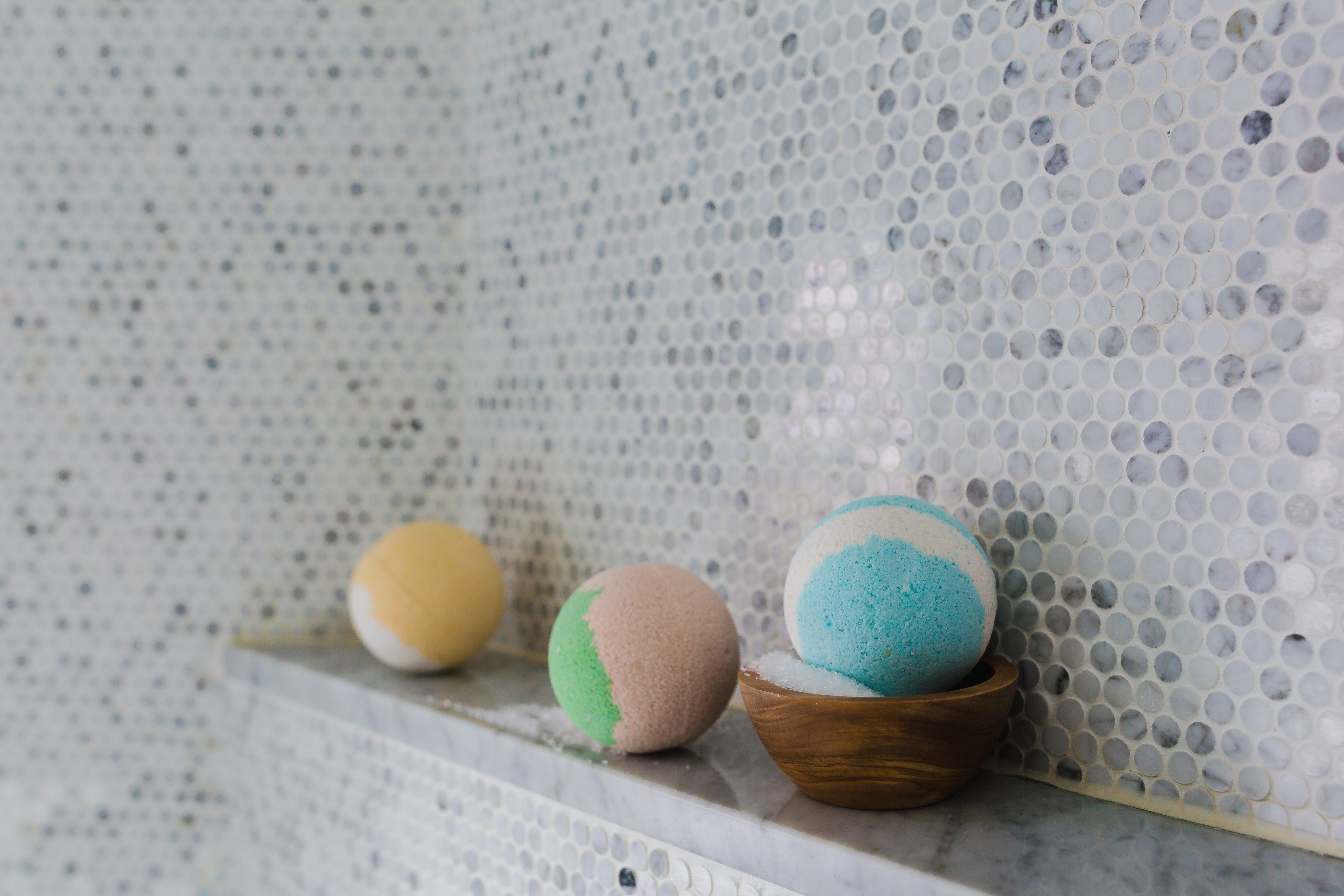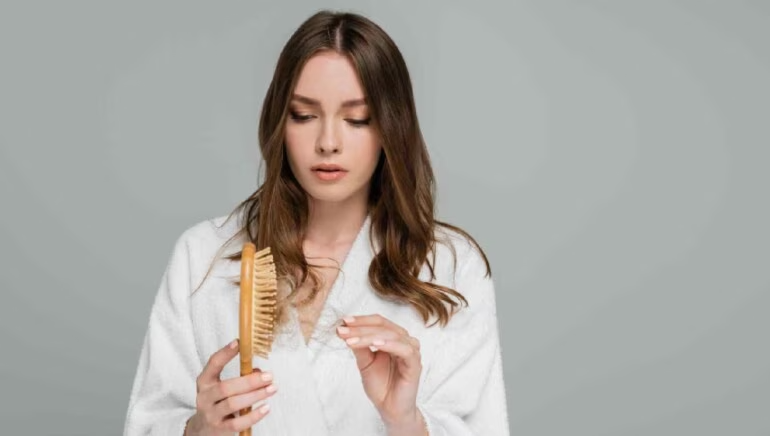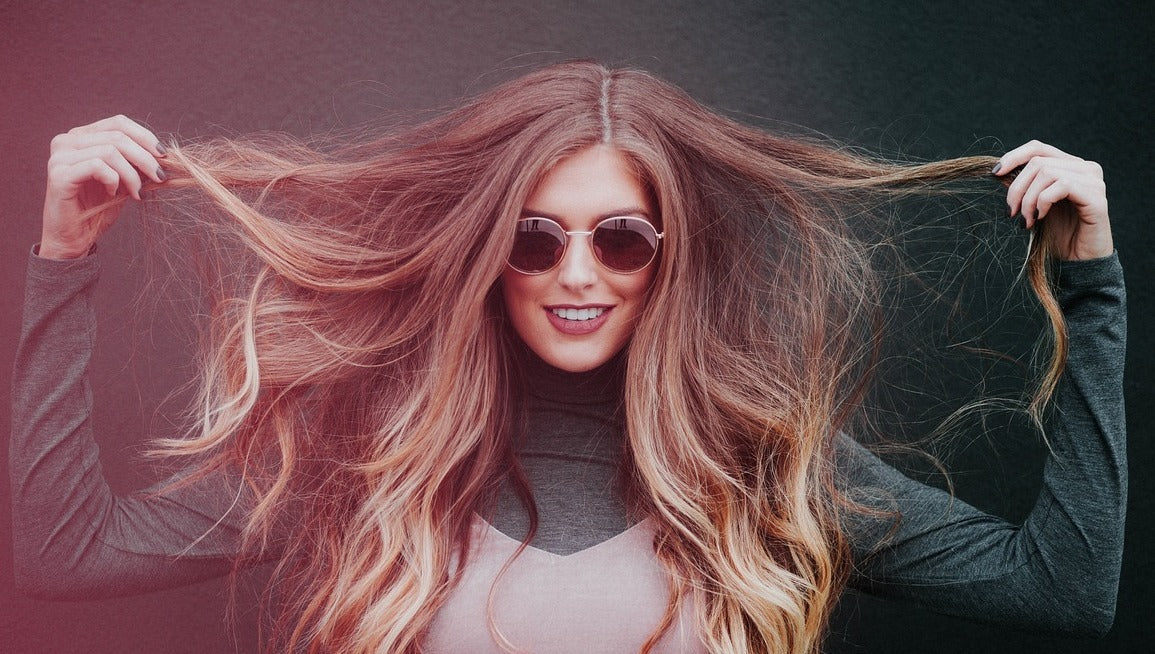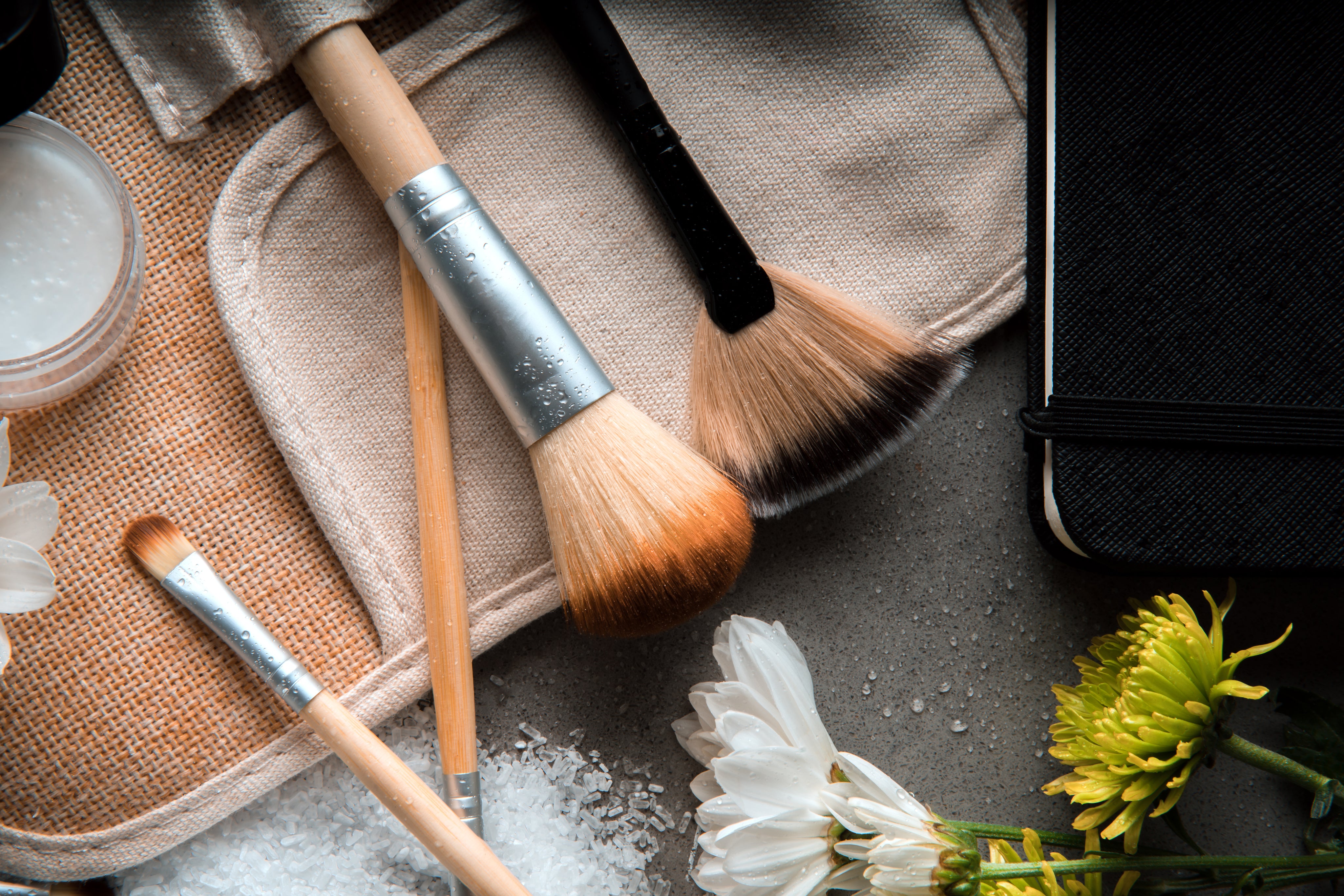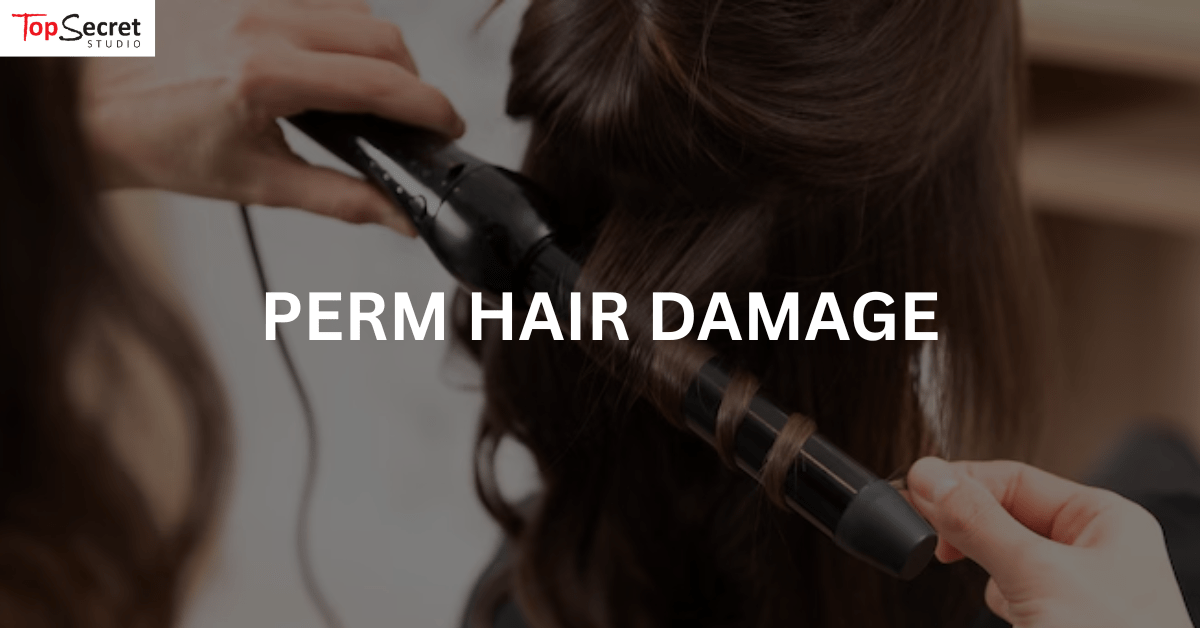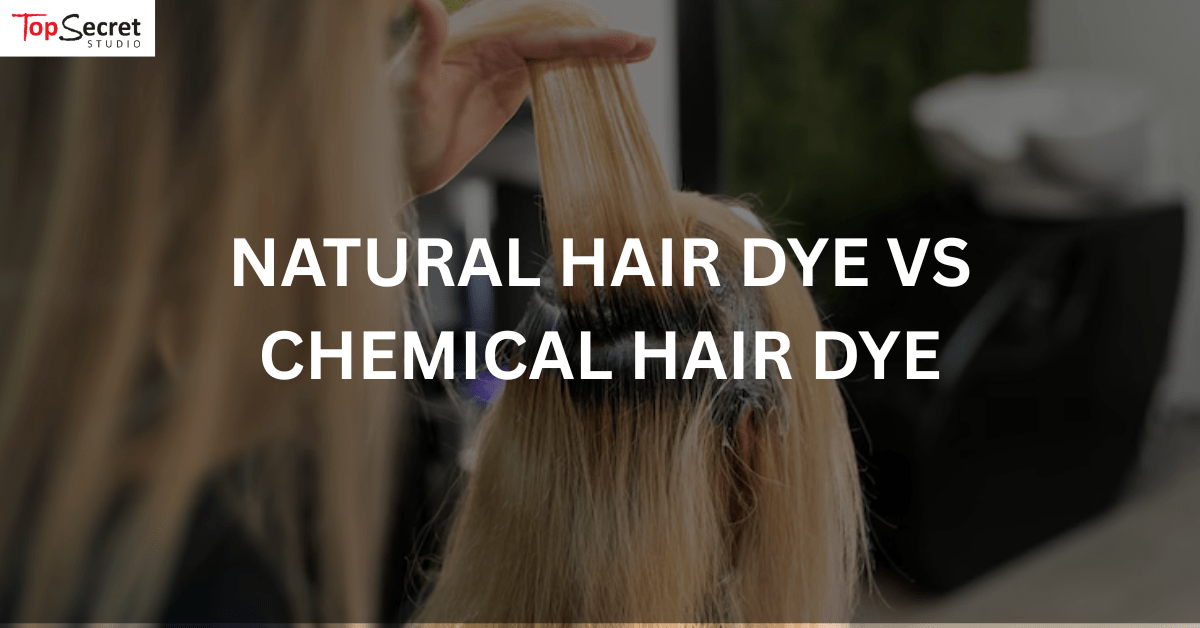
Natural Hair Dye vs Chemical Hair Dye: What’s the Real Difference?
Choosing how to colour your hair can feel like a big decision, especially when you're trying to figure out which option is safer, gentler, or more effective.
With growing interest in clean beauty and ingredient-conscious hair care, more people are asking: Is natural hair dye really better than chemical hair dye?
This article takes a clear and honest look at both types. We'll compare how they work, what’s inside, how long they last, and how they affect your hair, scalp, and even the environment. Whether you're covering greys or looking for a new shade, understanding the difference can help look your best!
What is Organic Hair Dye?
Natural hair dye is typically made from plant-derived ingredients. Instead of using harsh chemicals, it colours hair using substances like:
- Henna: Gives warm red to orange tones and also strengthens hair
- Indigo: Used for darker shades, usually combined with henna
- Cassia: Offers conditioning and shine; adds light golden tones to very light hair
- Herbal extracts: Such as chamomile (lightening), beetroot (reddish tint), and coffee (deep brown hues)
Most natural dyes avoid common irritants like ammonia, PPD (para-phenylenediamine), parabens, and synthetic fragrance. They’re considered a gentler alternative for those with sensitive scalps or anyone trying to reduce chemical exposure.
What is Chemical Hair Dye?
Chemical hair dyes are formulated with synthetic compounds to achieve long-lasting, vibrant results. These dyes usually contain:
- Ammonia: Opens up the hair cuticle so colour can penetrate.
- Hydrogen peroxide: Bleaches natural pigment to make space for new colour
- PPD: A colouring agent used for deeper, longer-lasting colour
- Resorcinol & synthetic fragrance: For stabilising colour and scent
Chemical dyes are effective but may pose higher risks to hair health and skin sensitivity over time.
Ingredient Comparison Between Organic Hair Dye and Chemical
| Aspect | Natural Hair Dye | Chemical Hair Dye |
|---|---|---|
| Colouring Agents | Henna, indigo, cassia, herbal powders | PPD, ammonia, resorcinol, synthetic dyes |
| Fragrance | Often fragrance-free or uses essential oils | Synthetic fragrance |
| Preservatives | Minimal, often natural preservatives | Synthetic preservatives |
| Additives | Plant extracts, conditioning herbs | Silicone, stabilisers, emulsifiers |
| Allergen Risk | Low (patch test still recommended) | Moderate to high (especially with PPD or fragrance) |
Performance and Colour Results
Longevity and Lasting
- Natural hair dye is typically semi-permanent and fades more gradually. It may require frequent applications to maintain vibrancy.
- Chemical dye is permanent or semi-permanent, depending on the product, and usually lasts longer between touch-ups.
Colour Vibrancy
Natural dyes often produce earthy, subtle tones, such as auburns, browns, or soft blacks. Perfect for hiding those grey hairs or looking young.
Chemical dyes offer a wider colour range, including cool blondes, fashion colours (blue, pink), and vibrant reds. If you are looking for a stylish look, this one is for you.
Remember, while natural dyes may not give you platinum blonde or electric purple, they provide a more natural-looking result.
Grey Coverage
Let’s be honest with ourselves here, covering grey hair is one of the most common reasons people dye their hair. Here’s how the two options stack up:
- Natural hair dye can cover greys but often requires layering or multiple applications, especially with henna and indigo combinations.
- Chemical hair dye is known for full grey coverage in one sitting, with options specifically formulated for stubborn grey strands.
So if you are looking for gradual grey blending, natural dye works well overtime. On the other hand, if you desire full and immediate coverage, chemical dye would be preferable.
Hair & Scalp Health
Organic Hair Dye:
Natural hair dyes may actually strengthen the hair shaft over time due to their plant-based ingredients. Henna, for instance, coats the hair with a protective layer, which can enhance shine and reduce breakage.
Because they do not contain ammonia or peroxide, natural dyes are much less drying to both the hair and scalp. This makes them a gentler choice, particularly for individuals dealing with dry or brittle hair.
Although the risk of allergic reactions is relatively low, it's still important to conduct a patch test. Some people may be sensitive to botanical ingredients like henna or essential oils used for scent.
Chemical Hair Dye:
Chemical dyes often contain strong agents like ammonia and peroxide, which can strip natural moisture from the hair. Regular use may lead to dryness, increased brittleness, and even split ends, especially on already damaged hair.
Over time, the chemical processes involved in colouring can affect the hair's structure. Repeated colouring can leave the hair feeling rough, make it less elastic, and cause it to lose its natural shine.
The chances of allergic reactions are higher with chemical dyes, particularly those containing PPD or artificial fragrance. Darker shades tend to have stronger concentrations, which can be more irritating for sensitive skin.
Ease of Use and Application
Natural Hair Dye:
- Usually sold in powder form that you mix with water or tea
- Requires more preparation time and may take longer to set (up to a few hours)
- Results may vary depending on your hair’s porosity and starting colour
Chemical Hair Dye:
- Often comes ready to use in a box kit
- Fast processing (20–45 minutes)
- Predictable and uniform results for most users
Environmental Impact & Sustainability
If you’re looking to become an eco-warrior and doing your part to protect the environment, natural dyes are much more eco-friendly as they are biodegradable, made from renewable plant sources, and their hair products are packed with minimal plastic.
Conversely, chemical dyes may contain petroleum-derived ingredients and contribute to water pollution during rinsing. These synthetic compounds can linger in waterways, harming marine life and disrupting natural biological processes.
If reducing your ecological footprint matters to you, natural hair colour options are the more sustainable choice.
A Quick Summary of Natural Hair Dye vs Chemical Hair Dye
| Factors | Natural Hair Dye | Chemical Hair Dye |
|---|---|---|
| Main Benefit | Gentle, nourishing, plant-based | Fast, vibrant, wide colour range |
| Main Drawback | Limited shade variety, time-consuming | Harsher ingredients, potential irritation |
| Grey Coverage | Moderate, builds up with use | Strong and consistent |
| Longevity | Semi-permanent | Permanent or semi-permanent |
| Application Time | Longer (1–3 hours) | Shorter (30–45 minutes) |
| Hair Health | Strengthens, adds shine | May dry or weaken hair |
| Sustainability | High | Lower |
Who Might Prefer Natural Hair Dye?
- Have sensitive skin or allergies: Plant-based dyes are usually free from harsh ingredients like ammonia, synthetic fragrance, and PPD, which are common triggers for skin irritation. While it's still wise to do a patch test (please always do this), natural options tend to be gentler on both the scalp and skin.
- Prefer chemical-free or low-tox solutions: Natural dyes avoid many of the synthetic additives found in conventional dyes, making them a safer choice for those looking to reduce their exposure to potentially harsh ingredients. They're often used by people who are mindful of what they put on their bodies, especially those already following a cleaner beauty routine.
- Are looking for a gentler, gradual colour enhancement: Rather than causing an immediate change, natural dyes typically build colour slowly and subtly. This makes them ideal for enhancing your existing shade or gently blending greys without drastically altering your look.
- Value sustainability and eco-conscious choices: Made from renewable ingredients like herbs and plant extracts, natural dyes are biodegradable and typically have a lower environmental impact. Many brands also use recyclable or minimal packaging, aligning with a more sustainable lifestyle.
When to Consider Chemical Hair Dye?
- Want bold, vivid colours or major shade changes: From intense reds and pastel pinks, chemical dyes offer far greater hair colour variety. They’re designed to lift and transform even the darkest hair into colourful new tones in a single session.
- Need full grey coverage quickly and reliably: Chemical formulations are known for their ability to fully cover stubborn greys in one go. If you're after a consistent and high-coverage result, especially for roots or high-density greying, chemical dye delivers that in spades.
- Prefer fast application with minimal prep time: Most chemical hair dyes are ready to use straight from the box and take 30 to 45 minutes from start to finish. This makes them a great choice for anyone short on time or looking for low-effort maintenance between salon visits.
- Aren’t sensitive to common hair dye ingredients: If your scalp isn’t prone to irritation and you’ve had no reactions to conventional hair colour in the past, chemical dyes can be a convenient option. They suit those who are already familiar with using them and are comfortable with the routine.
The Verdict? Choose What’s Best for Your Hair
At Top Secret, we understand that choosing between natural and chemical hair dye isn’t always straightforward, it really depends on your hair type, sensitivities, and what kind of results you're after.
That’s why we offer both options, along with a carefully selected range of shampoos, conditioners, and targeted hair care products designed to support your hair at every stage—before, during, and after colouring.
Whether you’re enhancing shine, soothing a sensitive scalp, or simply keeping your strands hydrated, we’ve got you covered!
Whatever direction you go with your hair colour, we always recommend doing a patch test, following the instructions, and focusing on long-term hair health. Because in the end, great colour starts with great care, and we’re here to help you get both.
Frequently Asked Questions About Natural Hair Dye Vs Chemical Hair Dye
-
Can Natural Hair Dye Lighten Dark Hair?
- No, natural dyes like henna and indigo cannot lighten hair because they do not contain bleaching agents like peroxide.
-
Is It Safe to Mix Natural and Chemical Hair Dyes?
- It's not recommended to combine them in one application, as chemical dyes can react unpredictably with natural ingredients, especially henna.
-
Are Natural Hair Dyes Suitable for All Hair Types?
- Generally, yes. They work on most hair types, including curly, straight, or textured hair, but results may differ depending on porosity and condition.
-
Do Natural Hair Dyes Have an Odour?
- Some do, particularly henna, which has an earthy, grassy smell. This usually fades after a few washes.
-
How Often Can I Use Natural Hair Dye?
- You can use natural dye more frequently than chemical dye, as it doesn’t damage the hair shaft. Every 3–4 weeks is common.
-
Does Sweat Affect Natural Hair Dye?
- Freshly dyed hair using natural ingredients may bleed with heavy sweating or in humid weather, especially in the first few days.


